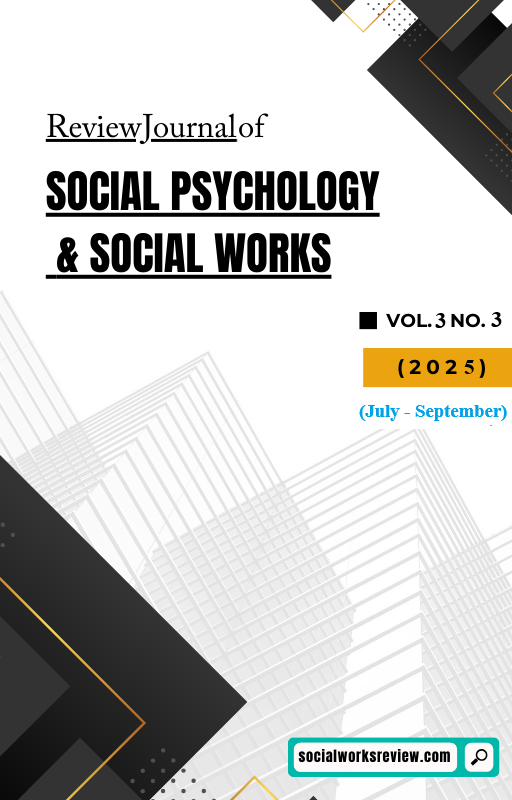Competing Hegemonies: A Strategic Comparison of U.S. and China’s Hard Power, Soft Power, and Nuclear Postures in the Emerging Multipolar World Order
DOI:
https://doi.org/10.71145/rjsp.v3i3.338Abstract
The balance of power in the world has changed fundamentally in the 21st century; the world is now defined by the strategic competition between the United States and the PRC. The emerging bipolarity has also highlighted the methods and means that both countries use to wield global influence. 1.1 The distinctive path of the United States and China As a traditional hegemon, the United States has followed a variety of hard and soft power mixing strategies; but China, as a rising power, has developed its own unique path which focuses not only on strengthening its military edge, but also on advancing economic and cultural diplomacy. The aim of this paper is to examine and to compare the hard power resources, soft power efforts and nuclear capabilities of both countries to understand their places in the modern international system. The hard power of both these states reflects diametrically different strategic trajectories. The United States has the world's largest most powerful, and most technologically advanced military. The force is deployed to bases around the world and is also involved in some we don't even know about. It continues to top the defence spending charts globally, underscoring its resolve to retain and expand its dominance in conventional as well as the new battle domains, namely that of cyber and space. China’s approach to hard power, on the other hand, is more regionally focused, though it is becoming more assertive, regional only, exerted alongside softer power. The PLA’s modernization, involving both its naval forces and missiles, indicates China’s determination to restructure regional security order, in Indo-Pacific in particular. Despite its much smaller military budget, the strategic focus of China on area denial and anti-access capabilities represents an asymmetric threat to U.S. dominion. No less important is the changing use of soft power in the U.S.-China rivalry. The United States has always had an edge because of its soft power, democratic values and leadership in the global media. Organizations like Hollywood, American universities, international aid organizations, have been vessels for the projection of soft power, setting global norms and winning international audiences. Yet over the last few years, the power of U.S. soft power has been challenged by growing domestic polarization and falling global trust. China, on the other hand, is heavily invested in its soft power toolkit, which promotes projects that range from the Confucius Institutes, to Belt and Road diplomacy, to state-sponsored media, all in the name of projecting a greater and more positive image to the world. Admittedly, Chinese soft power does not have the innate appeal of liberal democratic ideals, but it is a soft power strategically designed to bring economic benefits and cultural interaction, especially in those third world areas.





